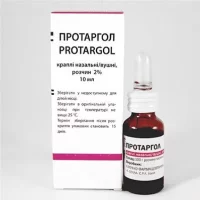$27.80
Manufacturer: Malta
Purpose: Inhibits bacterial DNA gyrase for treating respiratory and urinary infections.
Description
Levofloxacin-TEVA Coated Tablets 500 mg. №10
Ingredients
Each coated tablet contains 500 mg of Levofloxacin.
Dosage
The usual dose is one tablet once daily, with or without food.
Indications
Levofloxacin-TEVA is indicated for the treatment of bacterial infections. It is commonly prescribed for respiratory tract infections, urinary tract infections, skin and soft tissue infections, and more.
Contraindications
Do not use Levofloxacin-TEVA if you have a history of tendon problems related to fluoroquinolone use. It is also contraindicated in patients with known hypersensitivity to Levofloxacin or other quinolones.
Directions
Follow the instructions provided by your healthcare provider for the proper use of this medication. It is important to complete the full course of treatment even if you start to feel better.
Scientific Evidence
Levofloxacin has been extensively studied and proven effective in treating a wide range of bacterial infections. Clinical trials have demonstrated its efficacy in various conditions, showcasing its role as a potent antibiotic with a broad spectrum of activity.
Additional Information
It is essential to be aware of potential side effects such as gastrointestinal disturbances, central nervous system effects, and tendon rupture, although these are rare. If you experience any unusual symptoms while taking Levofloxacin-TEVA, contact your healthcare provider immediately.
Always inform your doctor about any other medications you are taking to avoid potential drug interactions. Levofloxacin-TEVA may interact with certain drugs like antacids, sucralfate, and warfarin, among others.







Recent Reviews